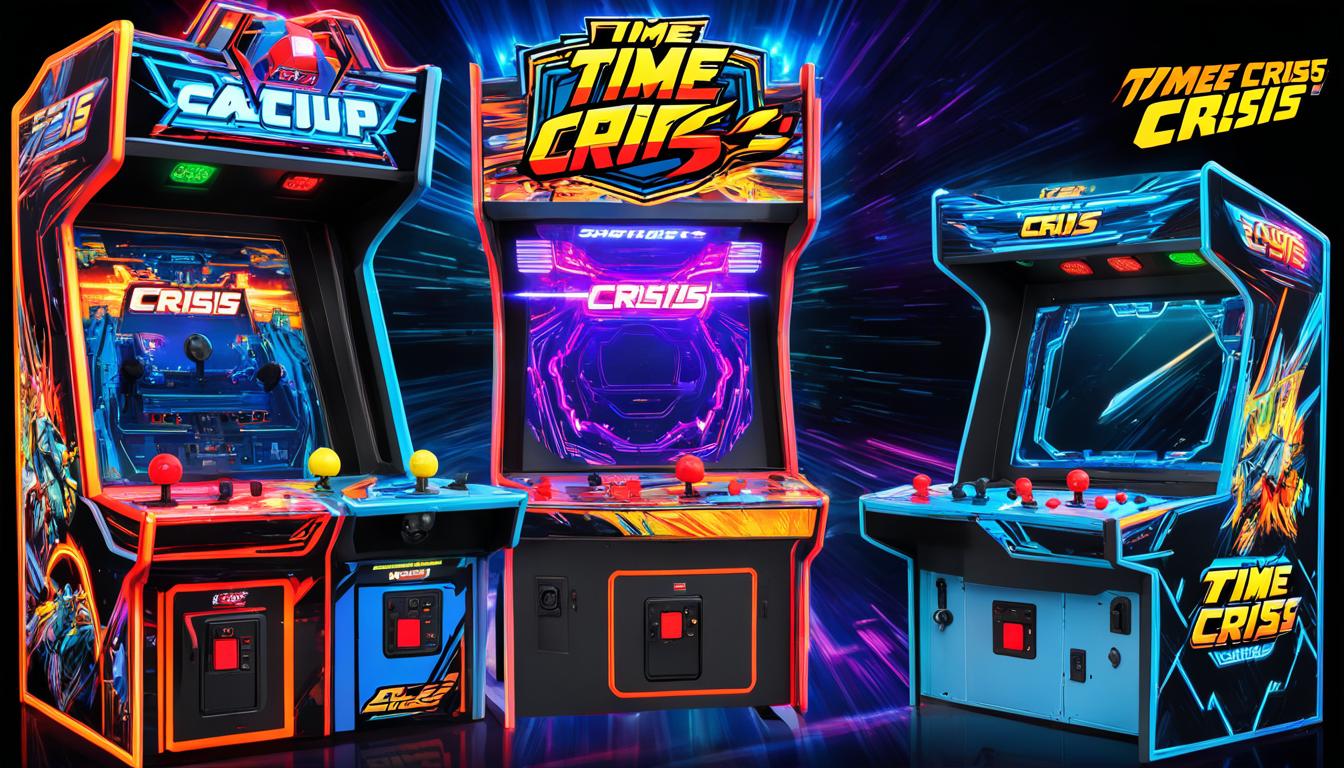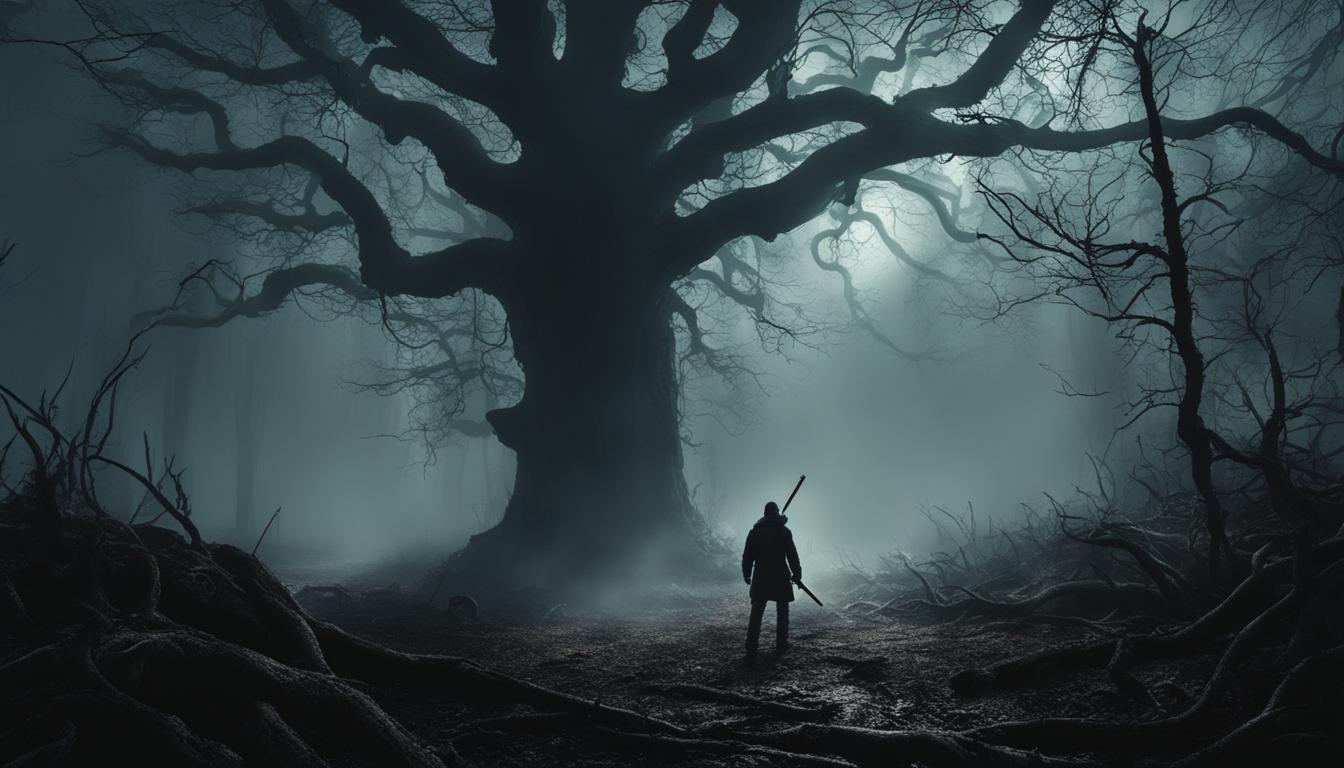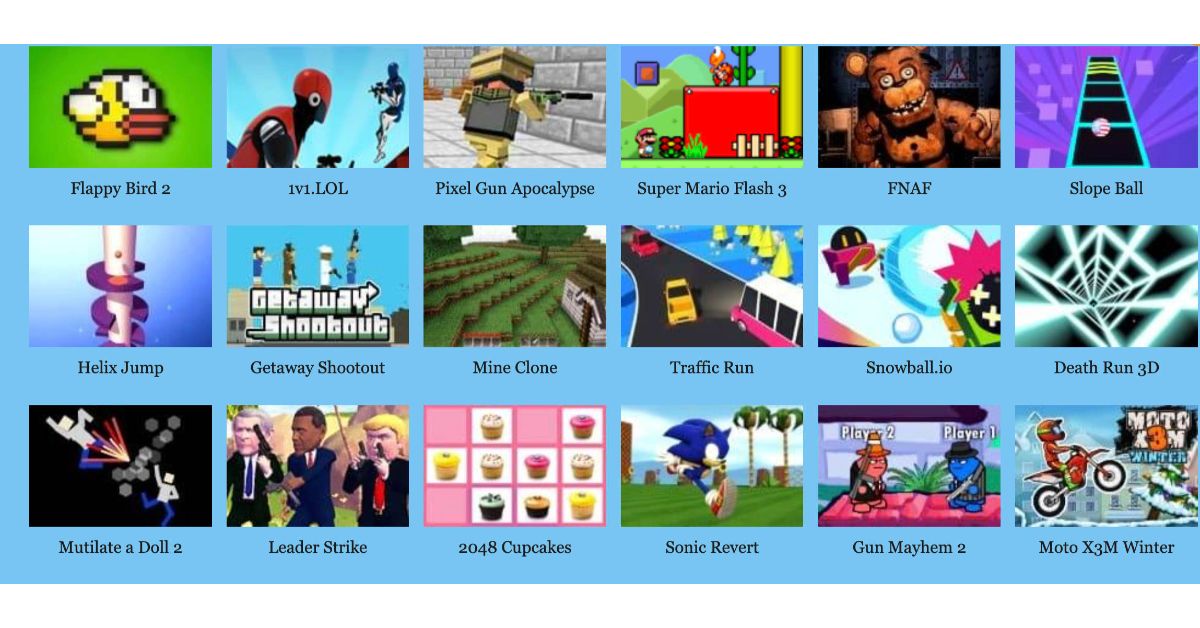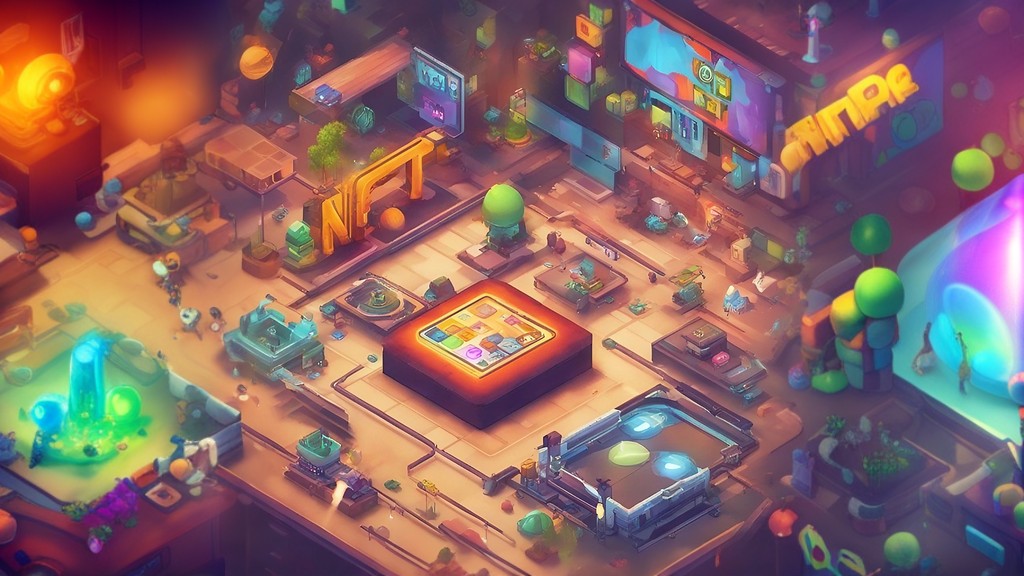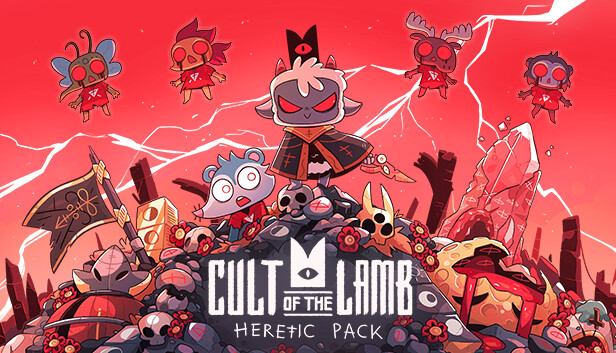We’ve all seen it before – the generic “anime” art style, with thin lines, wide eyes, exaggerated hair style, so on and so forth. It’s generic and used to death, but it works. This art style is what makes anime, well, anime. It is a style that has evolved throughout the years, but it’s only when anime diverges from this art style that character and emotion can be fully realized.
Mob Psycho 100 features Mob, a psychic, as its protagonist, and tells the story of a teen maturing through puberty. His overwhelming psychic powers serve as a metaphor for the emotional instability of an average teen, and when the emotional burden becomes too much, his psychic powers reach their zenith.

Most of the characters in the show are generic and one-sided, and this is by no means a negative. The art style sets you up to expect no betrayal or connivery, and the storyline delivers. Even though the secondary main character, Arataka Reigen, prides himself on tricking people to believe he is an exorcist in his Spirits and Such Consultation Office, he does so with good intentions, and it is ultimately the simplicity of the art that tells the viewers this. The art creates the feeling that Mob is just an innocent teen who lives in a kind community, and throughout his schooling experience, his peers usually lift him up rather than drag him down. But, when danger does come and threatens the peace of his world, the art and annimation grow erratic and rough as Mob’s emotions reach breaking point, as though the art is an extension of Mob’s own self.
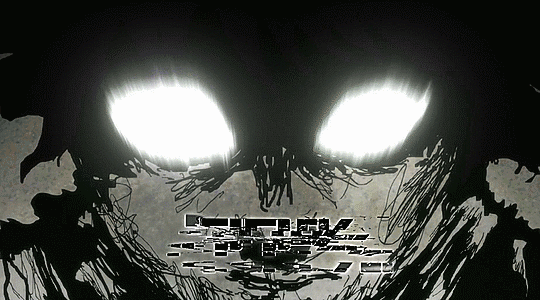
On the other hand, Studio Pierrot draws Hunter x Hunter in line with other anime, except for a few notable scenes. Brace yourself, for there are spoilers ahead! Throughout the infamous Chimera Ant arc, the main character, Gon, is dragged down by emotional grief and guilt that it all becomes too much for the 11 year old to handle. Instead of taking the common Shounen trope of overcoming all odds and reaching new levels of power never thought possible, he breaks down and the loss of the only person connected to his father becomes too much. The music turns heavy, the background grows dark, the lines turn thick and lifeless, and Gon’s eyes become a complete void. It becomes clear that Gon has lost his humanity, and the art style reflects this change by darkening the tone and decreasing the contrast between him and the background. What was once a lively boy is now just a husk, and he never regains the humanity back, even when the arc concludes. For a series that uses a narrator very liberally, it is the change in art direction that really does the narration for the audience.

In these moments, it is not story that guides the change in art style, but it is rather the change in art style that tells the story. For a succesful anime, character, sound and art direction must all come together to create a meaningful story, but in these stressful and intense moments, it is the imbalance that remains in the viewer’s mind the longest. The art is a reflection of plot and character, and when there is too much at stake, the art should strive to represent this. Overall, while art in anime continues to evolve and develop, it is those that break away from the norm that are so memorable to its audience.

